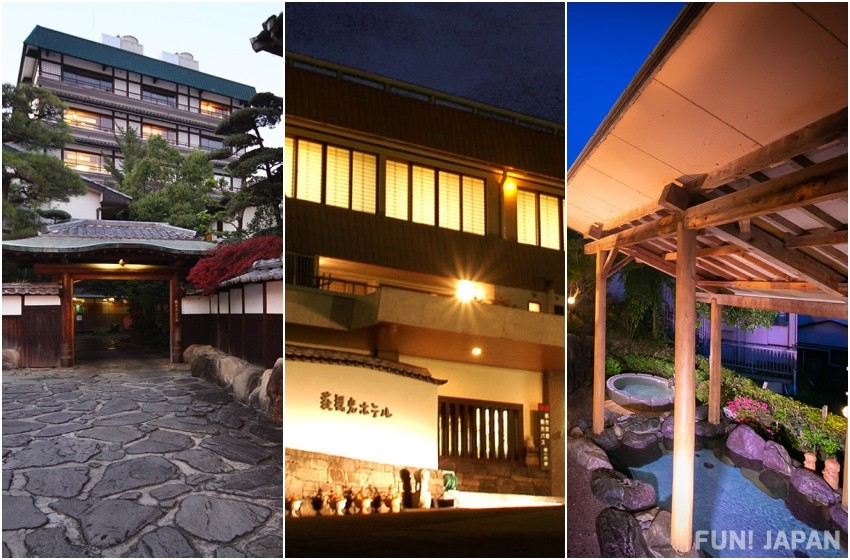
Yamaguchi Prefecture boasts many famous places such as Kintaikyo Bridge, Tsunoshima Bridge, the World Heritage Site Hagi, and many hot springs. It is a prefecture located in the western part of the Chugoku region in the southwestern part of Honshu, which can be reached by Shinkansen in about 2 hours from Osaka and about 35 minutes from Fukuoka.
The hot springs here in Yamaguchi are soothing both physically and mentally that they are called "offsen" (オフ泉 - a pun on 'on'sen, from the effects that polish off old skin and let your mind be at rest). Why don't you turn off your mind and skin in "Offsen Prefecture" where such offsen are scattered throughout?
What kind of hot springs are there in Yamaguchi Prefecture?
Yamaguchi is an offsen-ken (オフ泉県 - Offsen Prefecture) dotted with hot springs that cut off old keratin and excess sebum and turn off your mind to be at ease. There are three main types of spring quality. The first is a simple spring type that has a cleansing effect that is familiar to the skin like Yuda Onsen (湯田温泉). The second is a chloride spring type that has excellent blood circulation promotion and heat retention effects, which are common in Hagi Hot Spring Village (萩温泉郷 / Hagi Onsenkyo). The third is a radioactive spring type that contains a small amount of radioactivity which has a positive effect on the human body, including Kintaikyo Hot Spring (錦帯橋温泉 / Kintaikyo Onsen), Yumen Onsen (湯免温泉), Ajisu Onsen (阿知須温泉), and a sulfur spring Ichinomata Onsen (一ノ俣温泉).
1) Yuda Onsen, Yamaguchi City
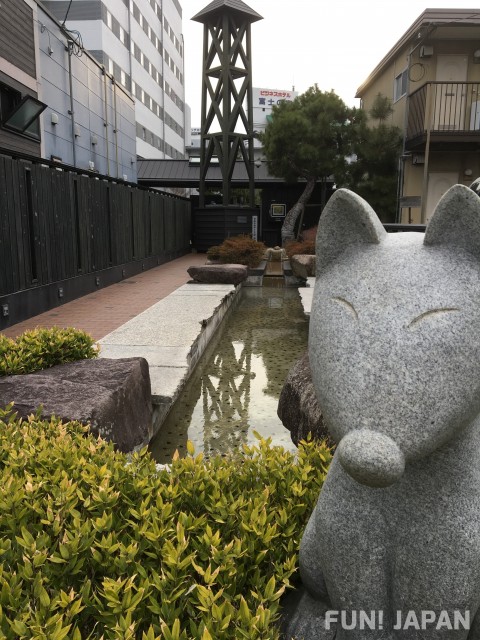
Yuda Onsen is located in the southwestern part of Yamaguchi Prefecture and has a history of about 600 years, boasting a daily hot water volume of 2,000 tons. It is also called "Byakko no Yu" (白狐の湯 - White Fox Hot Water) because of the legend that a hot spring came out when an injured white fox dug a pond where it soaked its feet. The hot water that is said to have healed the wounds of this white fox is alkaline and softly blends into the skin. It also has a cleansing effect, making your skin smooth. It is a popular hot spring as a Bijin no Yu (美人の湯 - beauty hot spring).
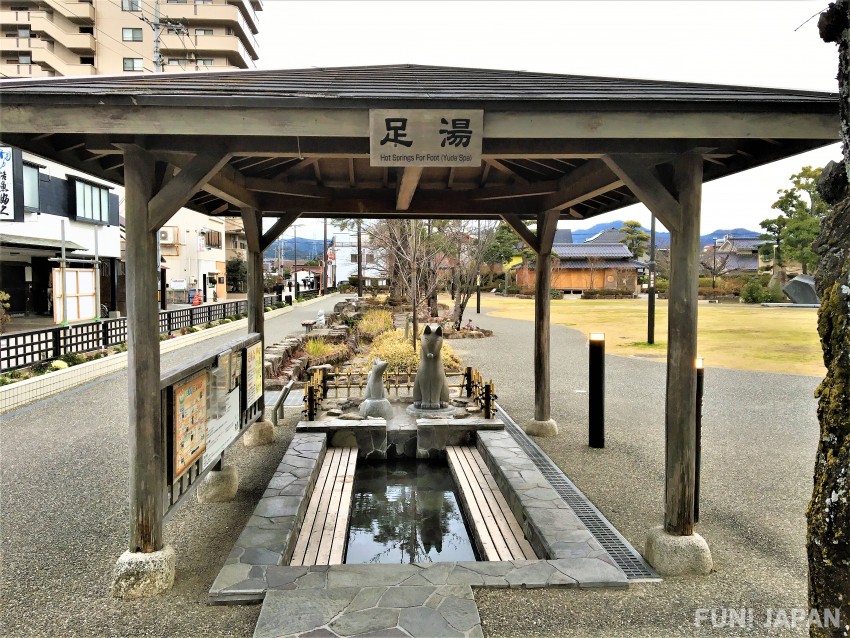
You can also enjoy walking and rent-a-bicycle sightseeing at Yuda Onsen, which is located in a lively city. If you get tired, take a rest in the ashiyu (足湯 - hot spings for foot). We also recommend a cafe where you can eat dessert while soaking in the ashiyu. It is a hot spring area where you can enjoy both walking around the city and soaking in hot springs.
Spot Information
- Address: Yuda Onsen, Yamaguchi City, Yamaguchi Prefecture
- Access: Approximately 20 minutes by car from JR Shin-Yamaguchi Station
A ryokan you'll want to stay at least once: Matsudaya Hotel
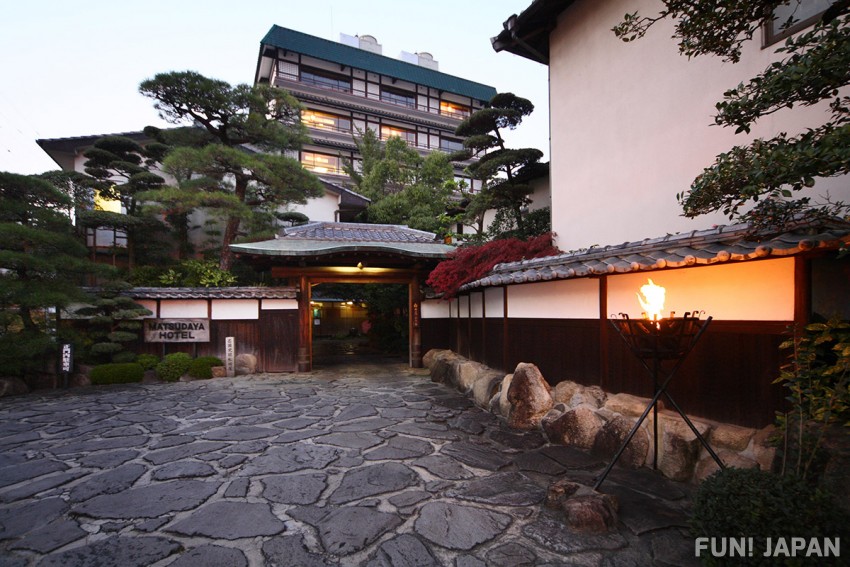
Matsudaya Hotel has a history of more than 300 years and is closely related to the revolutionaries of the Meiji Restoration “Ishin no shishi” (維新の志士) who led Japan from the samurai country to the modern era. It is the high-quality hot springs that once healed these revolutionists and the hospitality that continues to evolve while preserving history.
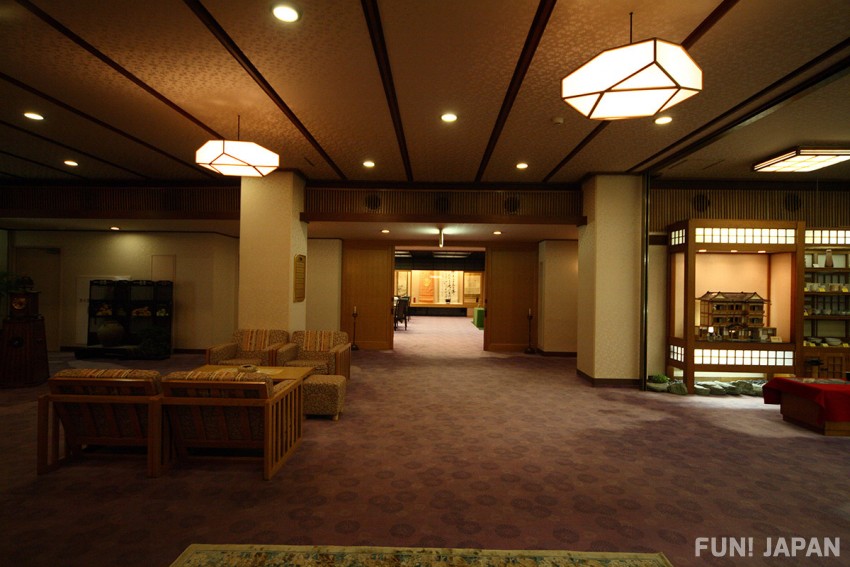
Its history and evolution also cover the guest rooms. The main building, with its attractive Japanese garden with a view, is a two-story wooden building built in the Taisho period. The new building overlooking Yuda has three types of guest rooms, which can accommodate a wide range of customers such as groups and even families with three generations (grandparents, parents and children).
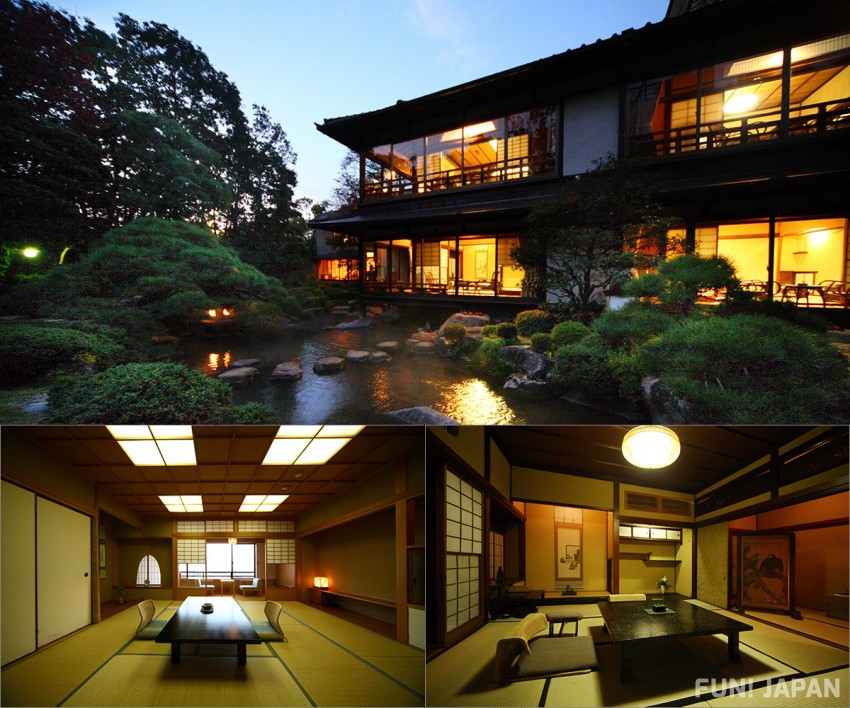
In this relaxing space, you can enjoy dishes made with seasonal ingredients from the local area rich in nature and the coastal areas of the Seto Inland Sea and the Sea of Japan. It is a hotel where you can spend the best time with guest-oriented service.
Spot Information
- Address: 3-6-7 Yuda Onsen, Yamaguchi City, Yamaguchi Prefecture
- Accommodation fee: JPY 24,200 - JPY 53,020 for 1 adult when using a room for 2 people
- Homepage: https://www.matsudayahotel.co.jp/en/
2) Hagi Hot Spring Village, Hagi City
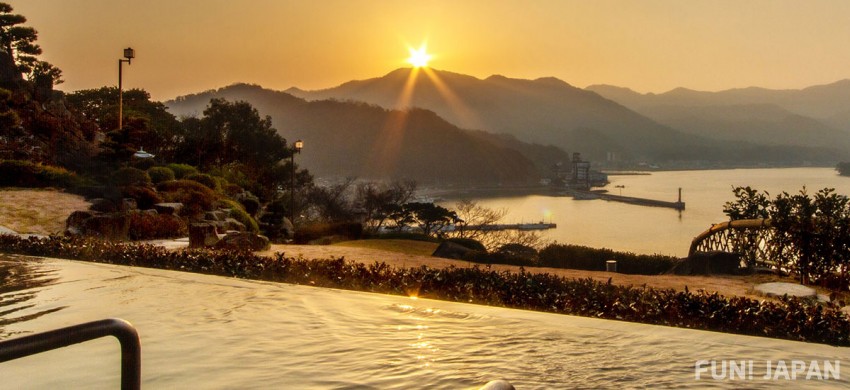
Hagi Hot Spring Village is a hot spring area in Hagi, a castle town that has prospered for 260 years. It is registered as a constituent heritage of the world heritage "Sites of Japan’s Meiji Industrial Revolution: Iron and Steel, Shipbuilding and Coal Mining" together with the castle town that still retains the remnants of the old days and the Shoukasonjuku Academy, which produced many 'Ishin no shishi' or revolutionists of the Meiji Restoration.
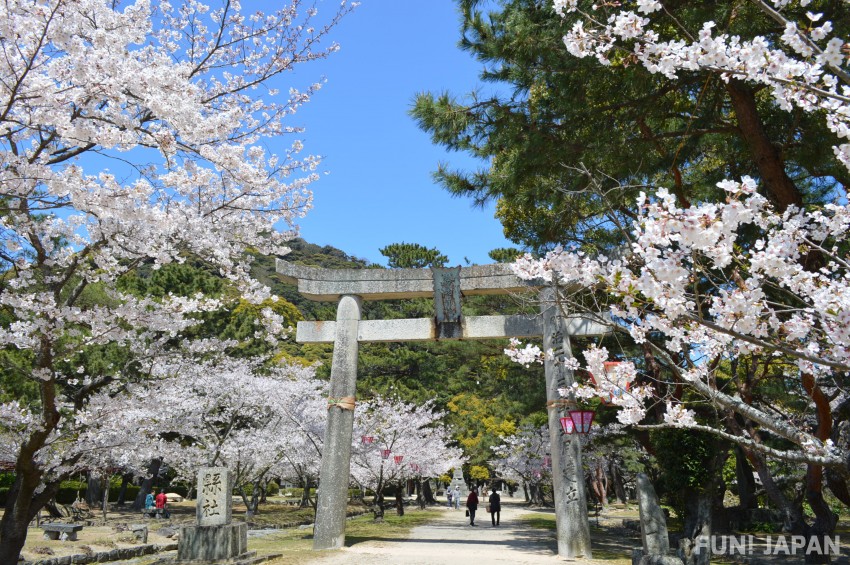
The Ruins of Hagi Castle・Shizuki Park, where a part of the stone wall and moat registered together still exists and 500 cherry blossoms are in full bloom, is also famous as a famous place for cherry blossom viewing. Walking around town is recommended for sightseeing.
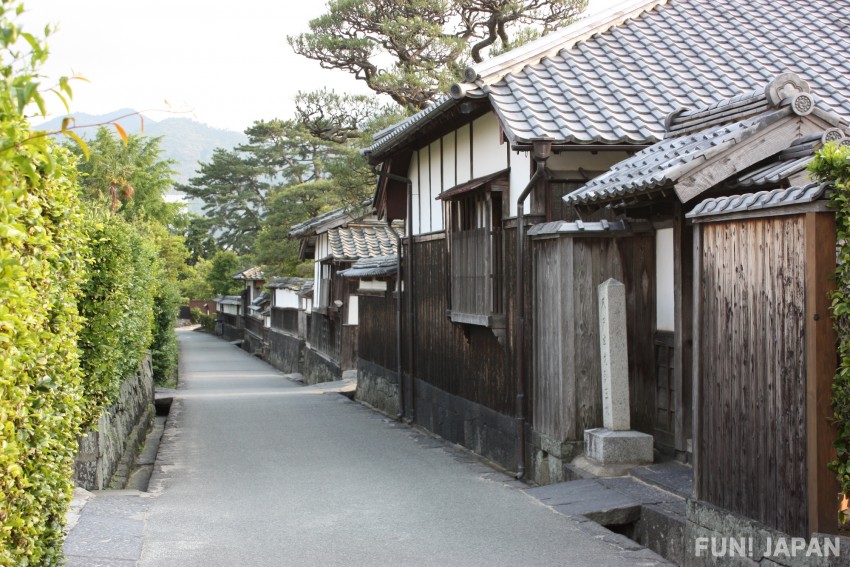
In the Hamasaki Traditional Buildings Preservation Area, where traditional townhouses and storehouses are lined up, you can enjoy the feeling of time-traveling into the past.
There are eight types of hot springs in Hagi Hot Spring Village, including the Cold Chloride Mineral Spring "Hagi Onsen". Therefore, there are effective against many symptoms such as neuralgia, muscle pain, and joint pain.
Spot Information
- Address: Hagi Onsenkyo, Hagi City, Yamaguchi Prefecture
- Access: Approximately 95 minutes by bus from JR Shin-Yamaguchi Station or 15 minutes by bus from JR Higashi-Hagi Station, then walk for 10 minutes
A ryokan you'll want to stay at least once: Hagi Kanko Hotel
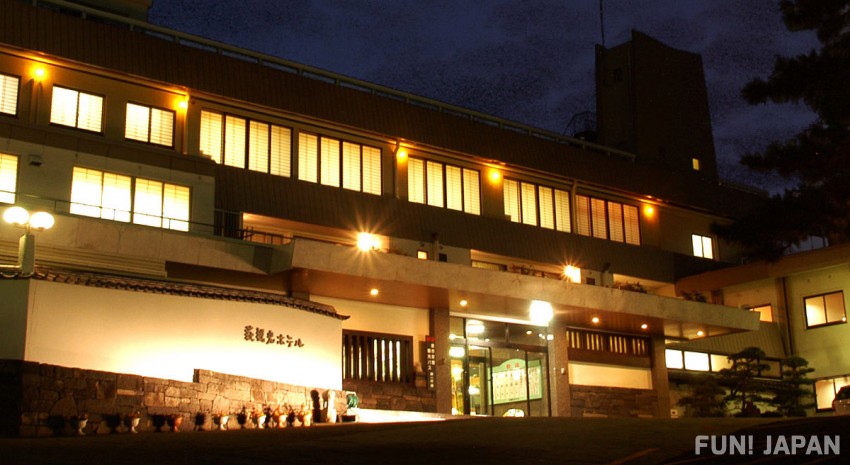
One of the great attractions of Hagi Kanko Hotel is the open-air bath of "Hagi Onsen" where you can soak in the spectacular view of Hagi Bay from a height of 32m on the hillside of Mt. Kasayama. It is the best view in Hagi. The quality of the spring is a Cold Chloride Mineral Spring. It has excellent blood circulation promotion and heat retention effects, and enhances immunity and natural healing power, so it is also effective for skin beautification and joint pain.

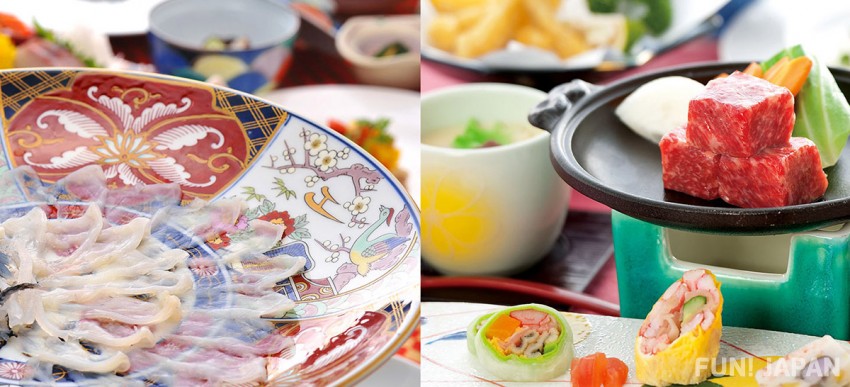
You can choose a Japanese-style room with a panoramic view of the sea or various rooms to suit the number of people and your travel style. Yamaguchi's carefully selected seasonal ingredients such as Choshu Wagyu beef, Mutsumi pork, and the 'fugu' blowfish are used for cooking. It is a satisfying inn where you can enjoy hot springs, scenery, and exquisite cuisine in one place.
Spot Information
- Address: 1189-541 Chinto, Hagi City, Yamaguchi Prefecture
- Average accommodation fee: JPY 18,700 - JPY 26,400 for one adult when using a room for 2 people
- Homepage: https://www.hagikan.com/
3) Kintaikyo Hot Spring, Iwakuni City
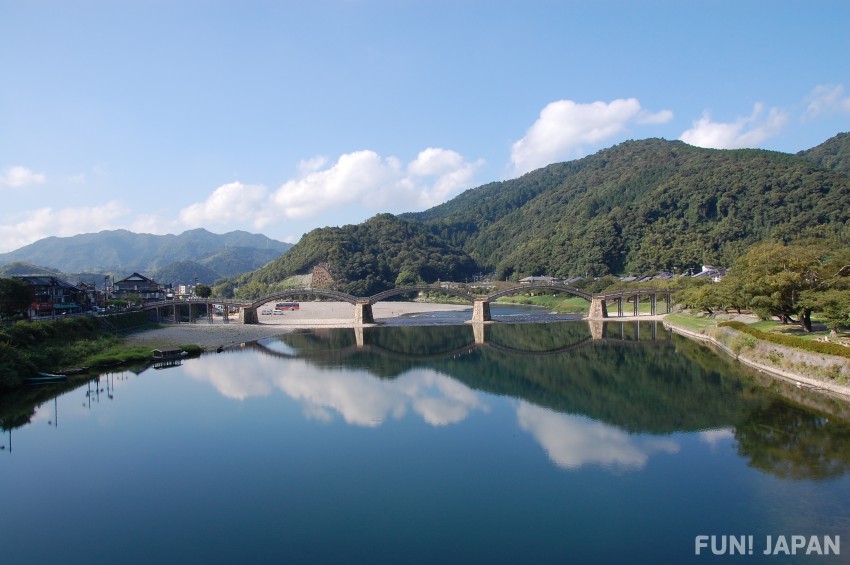
Kintaikyo Hot Spring is a hot spring near the wooden bridge "Kintaikyo", one of the three famous bridges in Japan that spans the clear stream Nishiki River. This Kintaikyo area is a town reminiscent of the history of the Edo and Taisho eras, centered on the Kintaikyo Bridge and Iwakuni Castle, which were rebuilt as they were during the Edo period. Another highlight not to be missed is the illuminated Kintaikyo Bridge, where Kintaikyo Bridge emerges brightly in the dark. In addition, the balefire reflected on the water surface during "Kintai Bridge no Ukai" held for a limited time in the summer is also a fantastic landscape to behold.
The spring quality of the Kintaikyo Hot Spring is a simple weak radioactive spring (radium spring). It is effective against various symptoms such as rheumatism, neuralgia, and joint pain.
Spot Information
- Address: Iwakuni, Iwakuni City, Yamaguchi Prefecture
- Access: Approximately 15 minutes by bus from JR Shin-Iwakuni Station
A ryokan you'll want to stay at least once: Iwakuni Kokusai Kanko Hotel
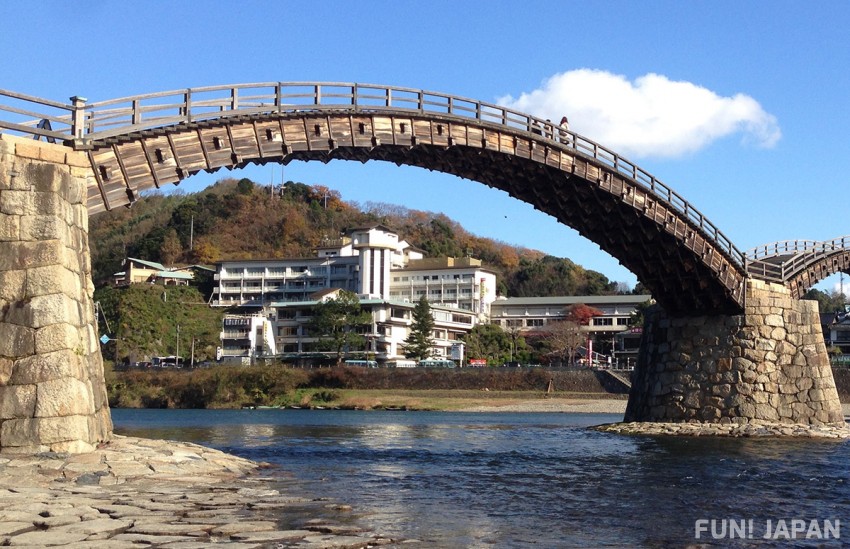
Iwakuni Kokusai Kanko Hotel with a garden open-air bath "Itsutsubashi no Sato" where you can enjoy soaking in Kintaikyo Hot Spring with Kintaikyo Bridge to see below. At Asagiri no Yu (朝霧の湯), you can enjoy the lit up Kintaikyo Bridge in the morning haze, and at Yugiri no Yu (夕霧の湯), you can enjoy the hot spring open-air bath while overlooking Iwakuni Castle, with baths having gender switching time in the morning and evening.
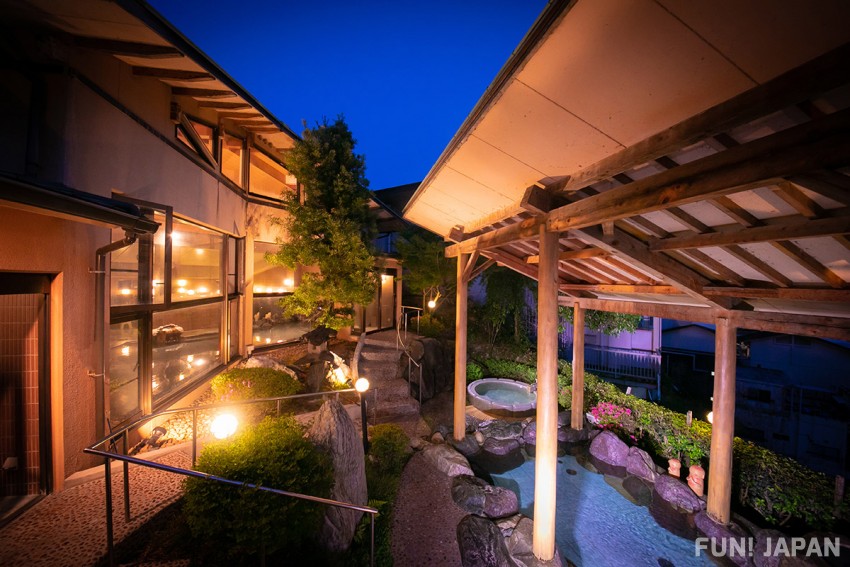

The lineup of guest rooms is diverse, including Japanese-style rooms overlooking Kintaikyo Bridge, Japanese-Western style rooms with open-air baths, and twin rooms with Simmons beds. For meals, we recommend local dishes that you can feel the seasonal ingredients of Iwakuni such as "Iwakuni-zushi", fresh seafood and Japanese Wagyu beef.
Spot Information
- Address: 1-1-7 Iwakuni, Iwakuni City, Yamaguchi Prefecture
- Access: About a 3-minute walk from Kintaikyo Bridge
- Average accommodation fee: JPY 17,600 to JPY 63,800 for one adult when using a room for 2 people
- Homepage: https://www.iwakunikankohotel.co.jp/
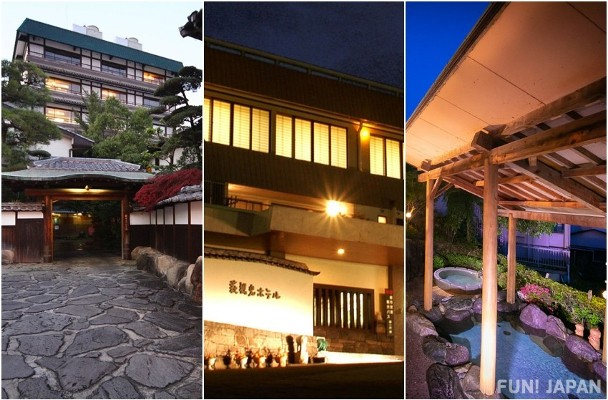
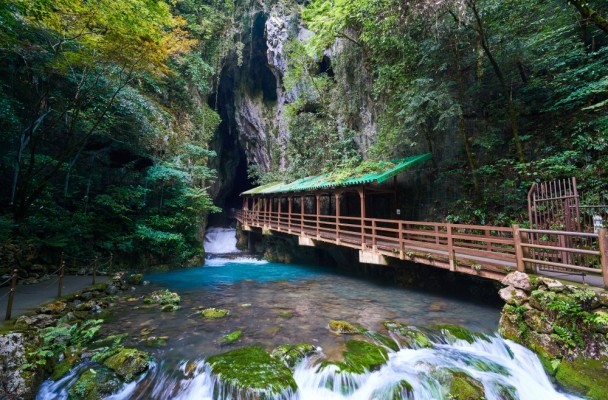
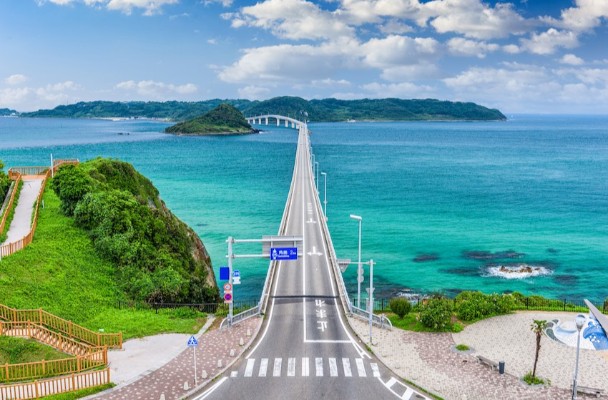
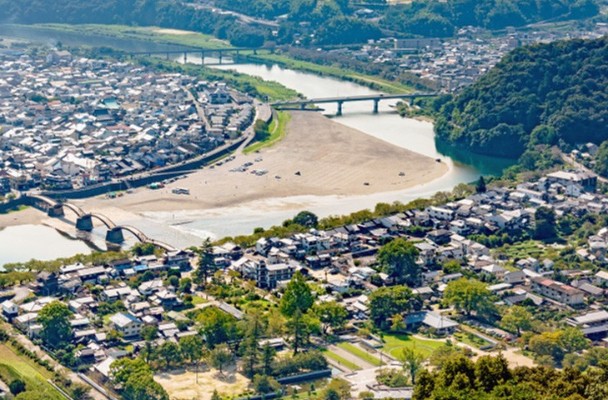

Comments